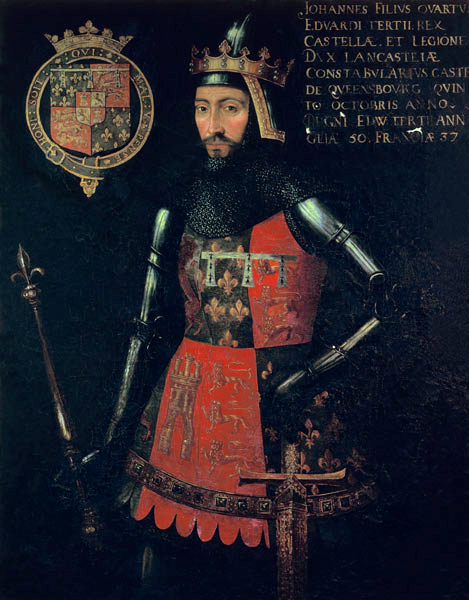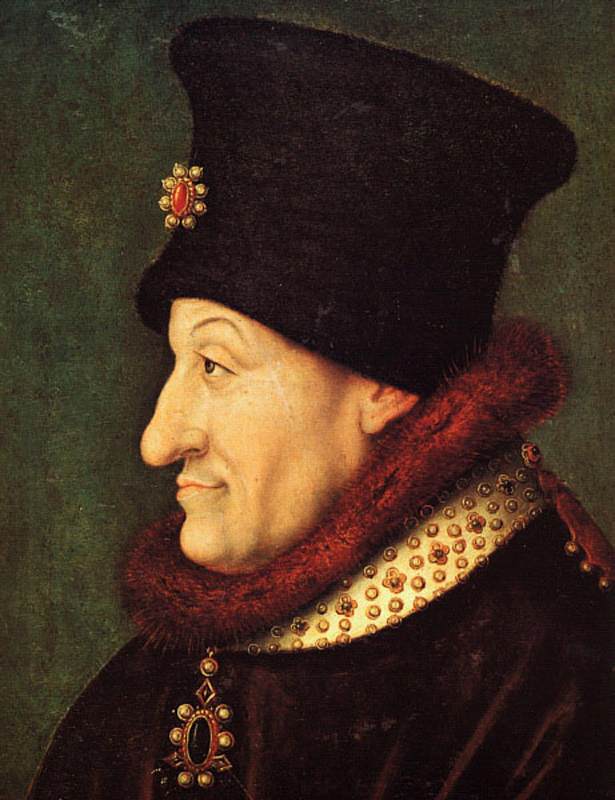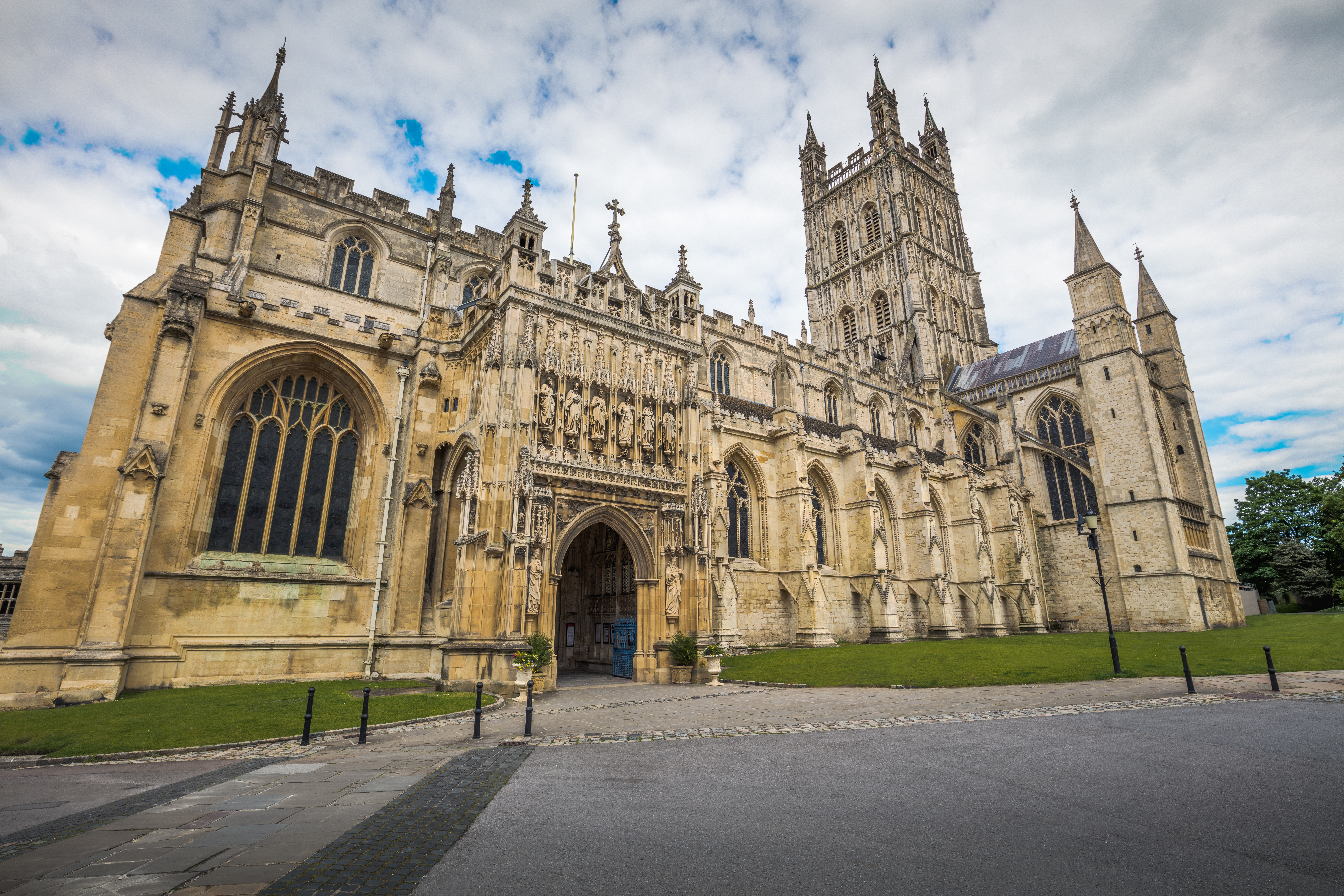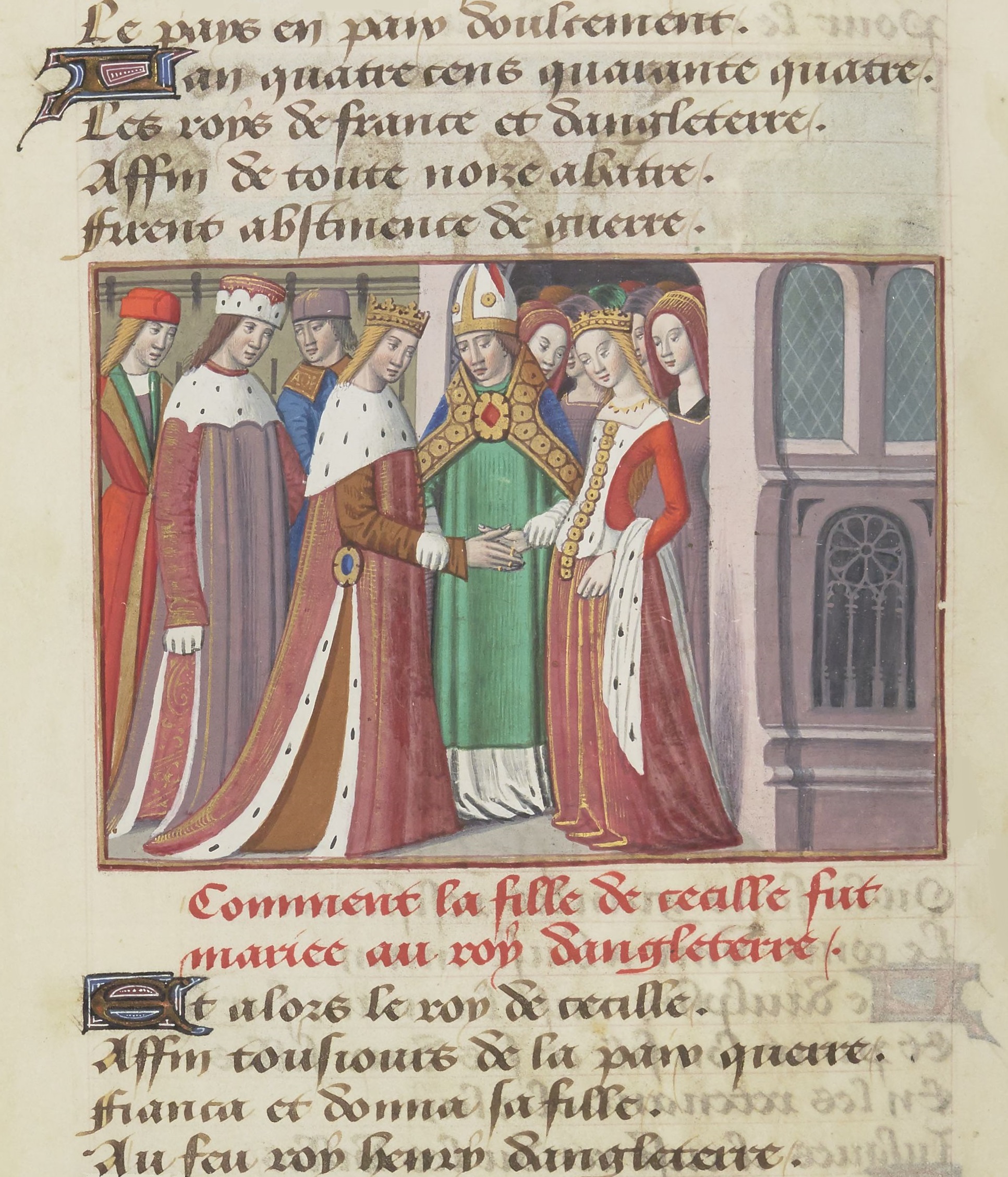|
Siege Of London, 1471
The siege of London was an episode of the Wars of the Roses between 12 and 15 May 1471, in which adherents of the House of Lancaster commanded by Thomas Neville unsuccessfully attempted to storm the city and free King Henry VI, who had been imprisoned in the Tower of London by his rival Edward IV of the House of York. This confrontation, which was an epilogue to the recent battles of Barnet and Tewkesbury, completed the final restoration of Edward IV and ensured the Yorkist hold on the throne. Background On 14 March 1471, King Edward IV, of the House of York, who had been in exile in Burgundy since the defection the previous year of his former comrade-in-arms Richard Neville, Earl of Warwick, to the House of Lancaster, disembarked at Ravenspurn, Yorkshire in order to retake the throne from his rival Henry VI. Successfully bypassing the army of Warwick's brother John Neville, Marquess of Montagu, Edward continued on to the town of Warwick, where he proclaimed himself king again, ... [...More Info...] [...Related Items...] OR: [Wikipedia] [Google] [Baidu] |
Wars Of The Roses
The Wars of the Roses, known at the time and in following centuries as the Civil Wars, were a series of armed confrontations, machinations, battles and campaigns fought over control of the English throne from 1455 to 1487. The conflict was fought between supporters of the House of Lancaster and House of York, two rival cadet branches of the royal House of Plantagenet. The conflict resulted in the end of Lancaster's male line in 1471, leaving the Tudors of Penmynydd, Tudor family to inherit their claim to the throne through the female line. Conflict was largely brought to an end upon the union of the two houses through marriage, creating the Tudor dynasty that would subsequently rule England. The Wars of the Roses were rooted in English socio-economic troubles caused by the Hundred Years' War (1337–1453) with France, as well as the quasi-military bastard feudalism resulting from the powerful duchies created by King Edward III. The mental instability of King Henry VI of Englan ... [...More Info...] [...Related Items...] OR: [Wikipedia] [Google] [Baidu] |
Burgundian State
The Burgundian StateB. Schnerb, ''L'État bourguignon'', 1999 ( ; ) was a composite monarchy ruled by the Dukes of Burgundy from the late 14th to the late 15th centuries, and which ultimately comprised not only the Duchy of Burgundy, Duchy and Free County of Burgundy, County of Burgundy but also the Burgundian Netherlands. The latter, acquired piecemeal over time and largely through inheritance, was, in fact, their principal source of wealth and prestige. The Dukes were members of the House of Valois-Burgundy, a cadet branch of the French royal House of Valois, and the List of territories of the Valois dukes of Burgundy, complex of territories they ruled is sometimes referred to as Valois Burgundy. The term "Burgundian State" was coined by historians and was not in contemporary use; the polity remained a collection of separate duchies and counties in personal union under the Duke of Burgundy. It is regarded as one of the major powers in Europe of the 15th century. The Dukes of ... [...More Info...] [...Related Items...] OR: [Wikipedia] [Google] [Baidu] |
River Severn
The River Severn (, ), at long, is the longest river in Great Britain. It is also the river with the most voluminous flow of water by far in all of England and Wales, with an average flow rate of at Apperley, Gloucestershire. It rises in the Cambrian Mountains in mid Wales, at an altitude of , on the Plynlimon massif, which lies close to the Ceredigion/Powys border near Llanidloes. The river then flows through Shropshire, Worcestershire and Gloucestershire. The county towns of Shrewsbury, Worcester, England, Worcester and Gloucester lie on its course. The Severn's major tributaries are the River Vyrnwy, Vyrnwy, the River Tern, Tern, the River Teme, Teme, the Warwickshire Avon, and the River Stour, Worcestershire, Worcestershire Stour. By convention, the River Severn is usually considered to end, and the Severn Estuary to begin, after the Prince of Wales Bridge, between Severn Beach in South Gloucestershire and Sudbrook, Monmouthshire. The total area of the estuary's draina ... [...More Info...] [...Related Items...] OR: [Wikipedia] [Google] [Baidu] |
Gloucester
Gloucester ( ) is a cathedral city, non-metropolitan district and the county town of Gloucestershire in the South West England, South West of England. Gloucester lies on the River Severn, between the Cotswolds to the east and the Forest of Dean to the west; it is sited from Monmouth, from Bristol, and east of the England and Wales border, border with Wales. Gloucester has a population of around 132,000, including suburban areas. It is a port, linked via the Gloucester and Sharpness Canal to the Severn Estuary. Gloucester was founded by the Roman Empire, Romans and became an important city and ''Colonia (Roman), colony'' in AD 97, under Nerva, Emperor Nerva as ''Glevum, Colonia Glevum Nervensis''. It was granted its first charter in 1155 by Henry II of England, Henry II. In 1216, Henry III of England, Henry III, aged only nine years, was crowned with a gilded iron ring in the Chapter House of Gloucester Cathedral. Gloucester's significance in the Middle Ages is unde ... [...More Info...] [...Related Items...] OR: [Wikipedia] [Google] [Baidu] |
Edward Of Westminster, Prince Of Wales
Edward of Westminster (13 October 1453 – 4 May 1471), also known as Edward of Lancaster, was the only child of Henry VI of England and Margaret of Anjou. He was killed aged seventeen at the Battle of Tewkesbury. Early life Edward was born at the Palace of Westminster, London,R. A. Griffiths, 'Edward, prince of Wales (1453–1471)', ''Oxford Dictionary of National Biography'', Oxford University Press, 2004 the only child of Henry VI of England and his wife, Margaret of Anjou. At the time, there was strife between Henry's supporters and those of Richard of York, 3rd Duke of York, who had a claim to the throne and challenged the authority of Henry's officers of state. Henry was suffering from mental illness, and there were widespread rumours that the prince was the result of an affair between his mother and one of her loyal supporters. Edmund Beaufort, 2nd Duke of Somerset, and James Butler, 5th Earl of Ormond, were both suspected of fathering Prince Edward; however, there is no f ... [...More Info...] [...Related Items...] OR: [Wikipedia] [Google] [Baidu] |
Margaret Of Anjou
Margaret of Anjou (; 23 March 1430 – 25 August 1482) was Queen of England by marriage to King Henry VI from 1445 to 1461 and again from 1470 to 1471. Through marriage, she was also nominally Queen of France from 1445 to 1453. Born in the Duchy of Lorraine into the House of Valois-Anjou, Margaret was the second eldest daughter of René of Anjou King of Naples, and Isabella, Duchess of Lorraine. Margaret was one of the principal figures in the series of dynastic civil wars known as the Wars of the Roses and at times personally led the Lancastrian faction. Some of her contemporaries, such as the Duke of Suffolk, praised "her valiant courage and undaunted spirit" and the 16th-century historian Edward Hall described her personality in these terms: "This woman excelled all other, as well in beauty and favour, as in wit and policy, and was of stomach and courage, more like to a man, than a woman". Owing to her husband's frequent bouts of insanity, Margaret ruled the kingdom ... [...More Info...] [...Related Items...] OR: [Wikipedia] [Google] [Baidu] |
Weymouth, Dorset
Weymouth ( ) is a seaside town and civil parish in the Dorset (district), Dorset district, in the ceremonial county of Dorset, England. Situated on a sheltered bay at the mouth of the River Wey, Dorset, River Wey, south of the county town of Dorchester, Dorset, Dorchester, Weymouth had a population of 53,416 in 2021. It is the third-largest settlement in Dorset after Bournemouth and Poole. The history of the town stretches back to the 12th century and includes roles in the spread of the Black Death, the British colonisation of the Americas, settlement of the Americas and the development of Georgian architecture. It was a major departure point for the Normandy Landings during World War II. Prior to local government reorganisation in April 2019, Weymouth formed a borough with the neighbouring Isle of Portland. Since then the area has been governed by Dorset Council (UK), Dorset Council. Weymouth, Portland and the Purbeck (district), Purbeck district are in the South Dorset parli ... [...More Info...] [...Related Items...] OR: [Wikipedia] [Google] [Baidu] |
Westminster Abbey
Westminster Abbey, formally titled the Collegiate Church of Saint Peter at Westminster, is an Anglican church in the City of Westminster, London, England. Since 1066, it has been the location of the coronations of 40 English and British monarchs and a burial site for 18 English, Scottish, and British monarchs. At least 16 royal weddings have taken place at the abbey since 1100. Although the origins of the church are obscure, an abbey housing Benedictine monks was on the site by the mid-10th century. The church got its first large building from the 1040s, commissioned by King Edward the Confessor, who is buried inside. Construction of the present church began in 1245 on the orders of Henry III. The monastery was dissolved in 1559, and the church was made a royal peculiar – a Church of England church, accountable directly to the sovereign – by Elizabeth I. The abbey, the Palace of Westminster and St Margaret's Church became a UNESCO World Heritage Site in 1987 becaus ... [...More Info...] [...Related Items...] OR: [Wikipedia] [Google] [Baidu] |
Elizabeth Woodville
Elizabeth Woodville (also spelt Wydville, Wydeville, or Widvile; c. 1437Karen Lindsey, ''Divorced, Beheaded, Survived'', p. xviii, Perseus Books, 1995. – 8 June 1492), known as Dame Elizabeth Grey during her first marriage, was Queen of England from 1 May 1464 until 3 October 1470 and from 11 April 1471 until 9 April 1483 as the wife of King Edward IV. She was a key figure in the Wars of the Roses, a dynastic civil war between the Lancastrian and the Yorkist factions between 1455 and 1487. At the time of her birth, Elizabeth's family was of middle rank in the English social hierarchy. Her mother, Jacquetta of Luxembourg, had previously been an aunt-by-marriage to King Henry VI, and was the daughter of Peter I, Count of Saint-Pol. Elizabeth's first marriage was to a minor supporter of the House of Lancaster, John Grey of Groby. He died at the Second Battle of St Albans in 1461, leaving Elizabeth a widowed mother of two young sons. Elizabeth's second marriage, in 1464, to ... [...More Info...] [...Related Items...] OR: [Wikipedia] [Google] [Baidu] |
Coventry
Coventry ( or rarely ) is a City status in the United Kingdom, cathedral city and metropolitan borough in the West Midlands (county), West Midlands county, in England, on the River Sherbourne. Coventry had been a large settlement for centuries. Founded in the early Middle Ages, its city status was formally recognised in a charter of 1345. The city is governed by Coventry City Council, and the West Midlands Combined Authority. Historic counties of England, Formerly part of Warwickshire until 1451, and again from 1842 to 1974, Coventry had a population of 345,324 at the 2021 census, making it the tenth largest city in England and the 13th largest in the United Kingdom. It is the second largest city in the West Midlands (region), West Midlands region, after Birmingham, from which it is separated by an area of Green belt (United Kingdom), green belt known as the Meriden Gap; it is the third largest in the wider Midlands after Birmingham and Leicester. The city is part of a larger ... [...More Info...] [...Related Items...] OR: [Wikipedia] [Google] [Baidu] |
Warwick
Warwick ( ) is a market town, civil parish and the county town of Warwickshire in the Warwick District in England, adjacent to the River Avon, Warwickshire, River Avon. It is south of Coventry, and south-east of Birmingham. It is adjoined with Leamington Spa and Whitnash. Warwick has ancient origins and an array of historic buildings, notably from the Middle Ages, Medieval, Stuart period, Stuart and Georgian era, Georgian eras. It was a major fortified settlement from the early Middle Ages, the most notable relic of this period being Warwick Castle, a major tourist attraction. Much was destroyed in the Great Fire of Warwick in 1694 and then rebuilt with fine 18th century buildings, such as the Collegiate Church of St Mary, Warwick, Collegiate Church of St Mary and the Shire Hall, Warwick, Shire Hall. The population was estimated at 36,665 at the 2021 United Kingdom census, 2021 Census. History Neolithic Human activity on the site dates back to the Neolithic, when it appears ... [...More Info...] [...Related Items...] OR: [Wikipedia] [Google] [Baidu] |
John Neville, 1st Marquess Of Montagu
John Neville, 1st Marquess of Montagu (c. 1431 – 14 April 1471) was a major magnate of fifteenth-century England. He was a younger son of Richard Neville, 5th Earl of Salisbury, and the younger brother of Richard Neville, Earl of Warwick, the "Kingmaker". From an early age, he was involved in fighting for his House, particularly in the feud that sprang up in the 1450s with the Neville family's major regional rivals, the Percy family. John Neville was personally responsible for much of the violence until, with his brothers, they defeated and imprisoned their enemies. This was taking place against the backdrop of a crisis in central government. The king, Henry VI, already known to be a weak ruler, suffered a mental collapse which led to a protectorate headed by John's uncle, Richard, Duke of York. Within two years an armed conflict had broken out, with York openly in rebellion against the king, and his Neville cousins supporting him. John fought with his father and Warw ... [...More Info...] [...Related Items...] OR: [Wikipedia] [Google] [Baidu] |










